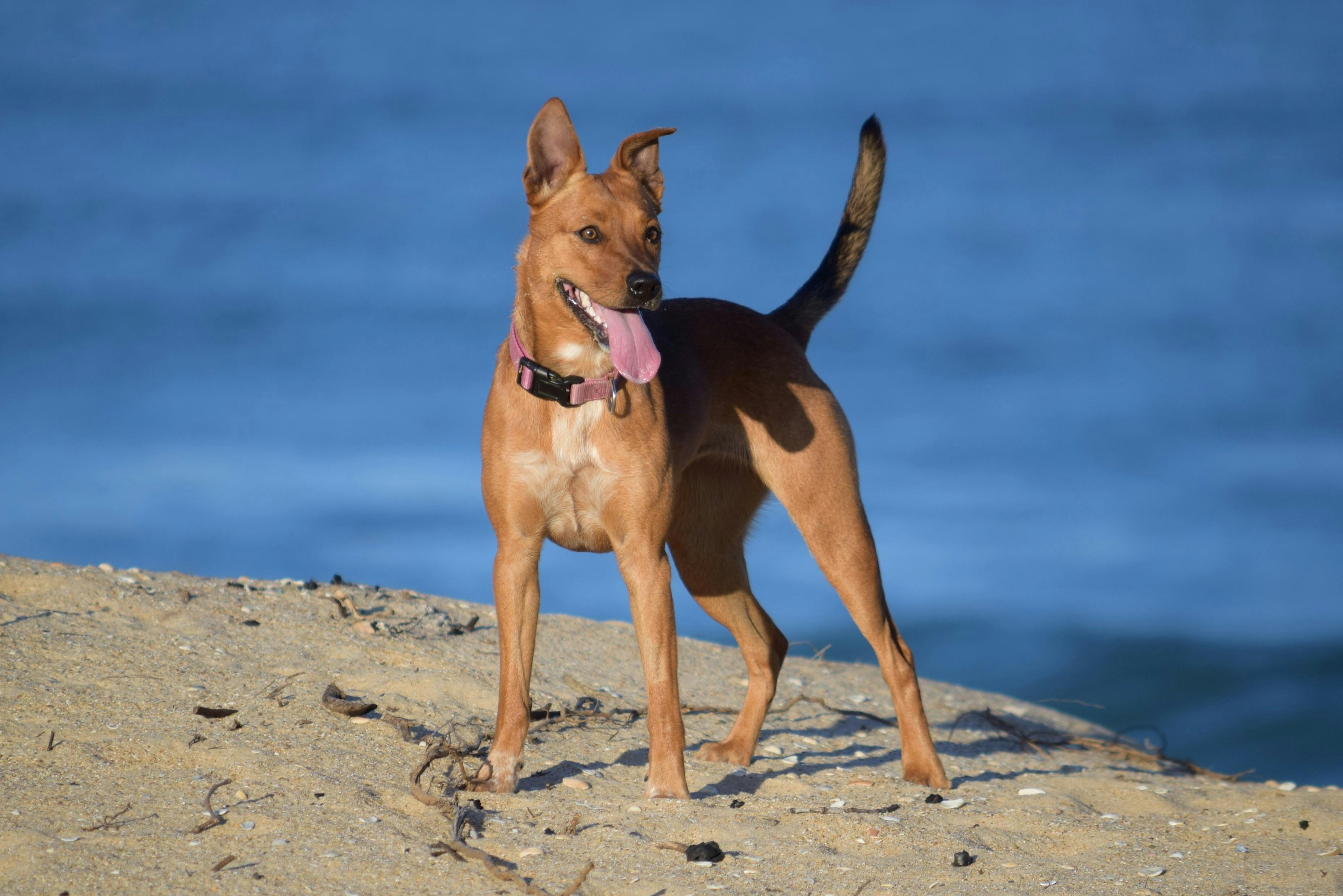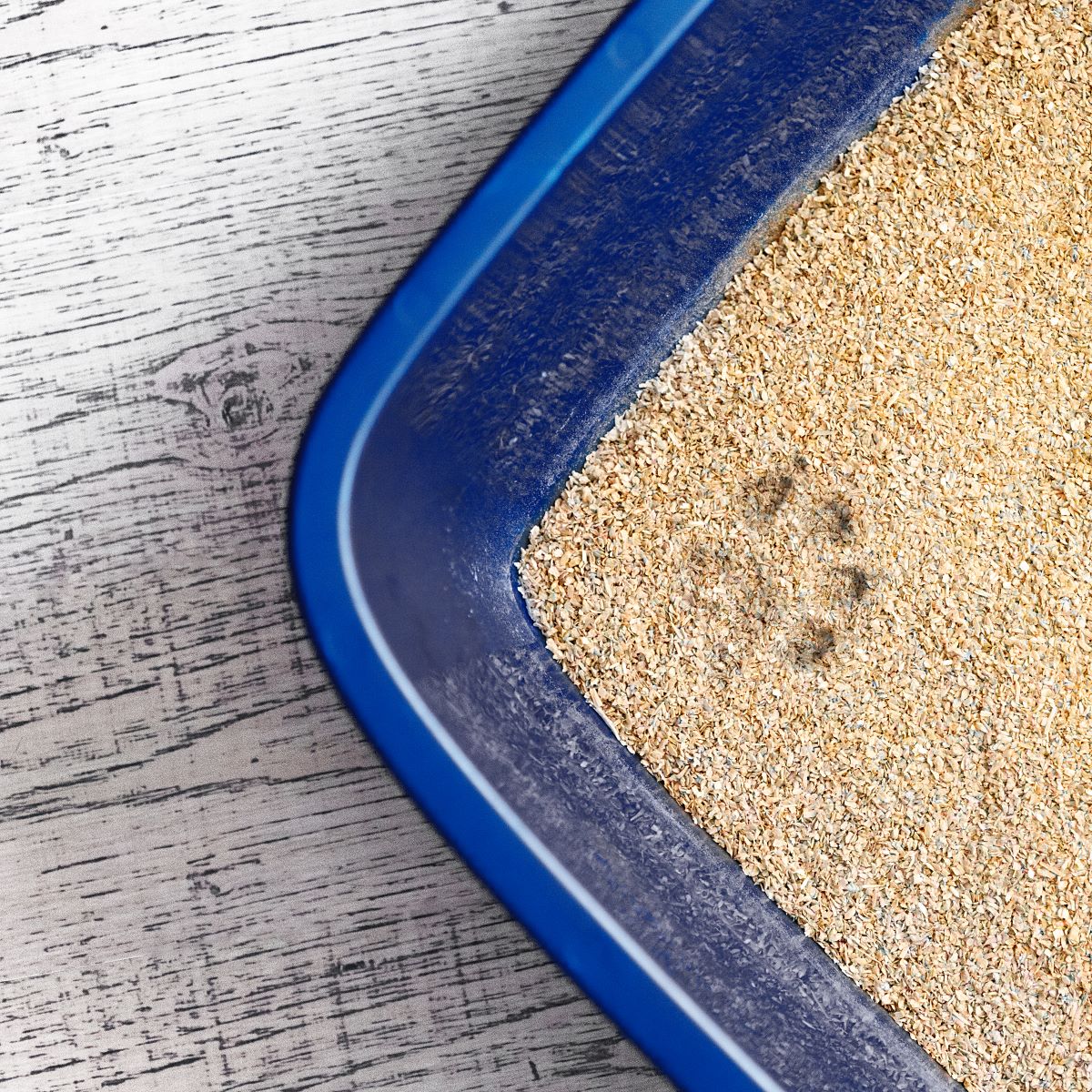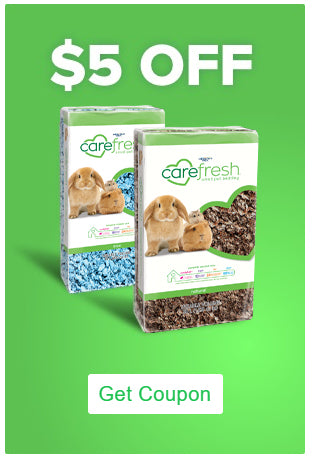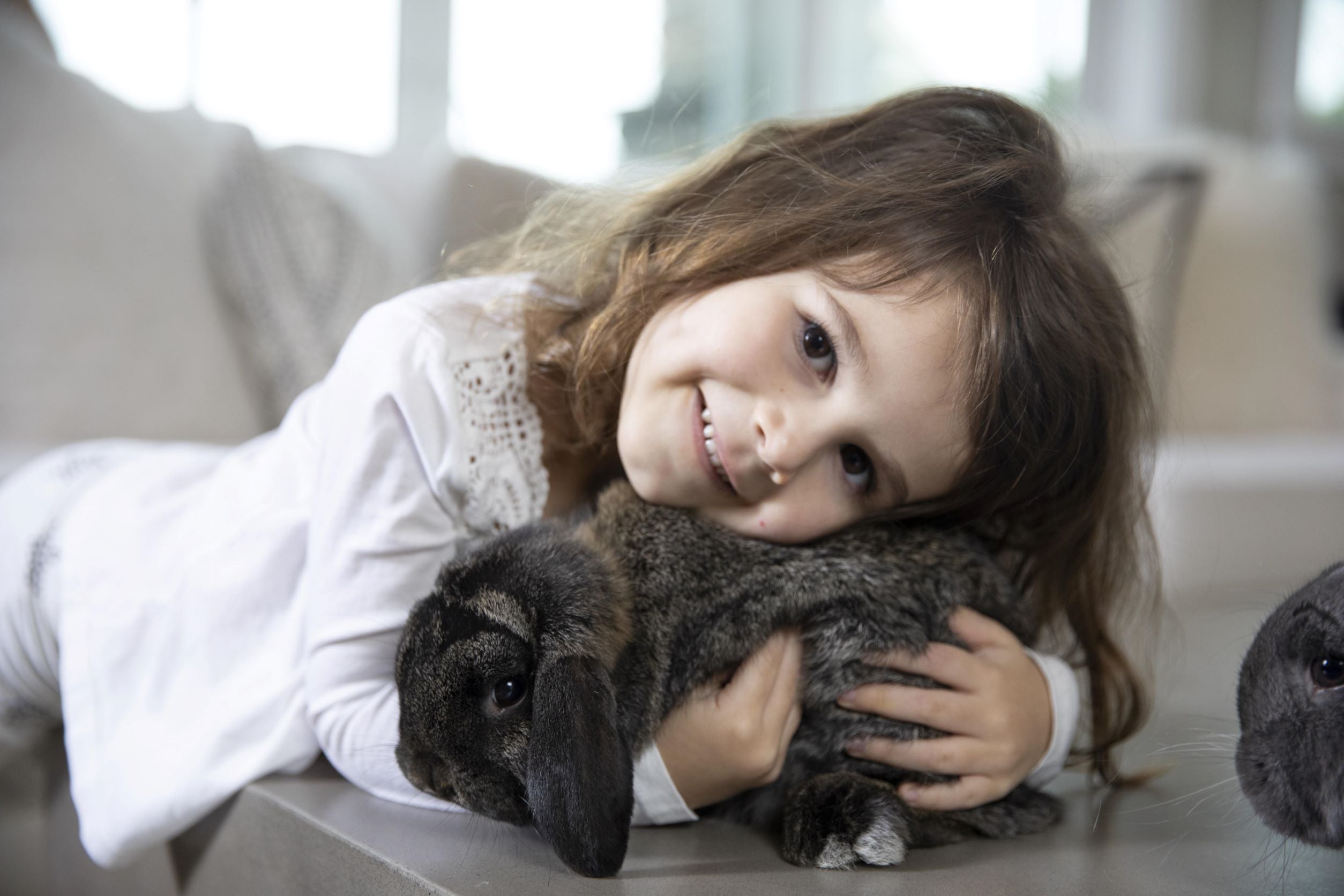
10 Tips for Keeping Your Dog’s Coat Shiny and Healthy
Photo by Gili Pup
Your dog’s coat is more than just fur-it’s a reflection of their overall health and well-being. A shiny, soft coat doesn’t just look good. It indicates that your dog is receiving proper nutrition, good grooming, and is generally in good health.
Whether you have a sleek short-haired pup or a fluffy tri-color Bernedoodle with its signature curls and colors, keeping your dog’s coat in top shape requires consistent care and attention. This blog post will dive into ten essential tips that’ll help you maintain your dog’s coat.
Feed a Nutrient-Rich Diet
The foundation of a healthy coat starts from the inside out. If your dog’s coat is looking dull or feels coarse, their diet might be missing some key nutrients. Here’s what to focus on:
- High-quality protein: Protein is crucial for hair growth and strength. Look for dog foods with real meat like chicken, beef, salmon, or lamb as the first ingredient. Dogs, especially active breeds like tri-color Bernedoodles, thrive on protein-rich diets that support both muscle and coat health.
- Omega-3 and Omega-6 fatty acids: These healthy fats are essential for skin and coat health. They help reduce inflammation, keep skin hydrated, and give your dog’s fur that healthy, glossy shine. You can find these in fish oils, flaxseed, or even specific dog foods fortified with these nutrients.
-
Vitamins and minerals: Nutrients like zinc, biotin, and vitamin E are critical for coat health. They help prevent issues like dry skin, dandruff, and excessive shedding.
Brush Regularly (Especially for Long-Haired Breeds)
Brushing your dog’s coat isn’t just about keeping them looking good, it’s a vital part of their health. Regular brushing helps remove dirt, loose hair, and debris while distributing natural oils that keep their coat shiny and smooth. The frequency and type of brushing depend on your dog’s coat type:
- Short-haired dogs, like Beagles or Boxers, typically only need brushing once a week. A rubber grooming mitt or bristle brush works best for these breeds.
- Medium-haired dogs, like Golden Retrievers or Border Collies, benefit from brushing two to three times a week with a slicker brush to prevent tangles and mats.
-
Long-haired or curly-coated dogs, like the tri color Bernedoodle, need daily brushing to prevent mats and tangles. Their thick, wavy fur can trap dirt and debris, leading to discomfort and skin issues if not properly maintained. A combination of a slicker brush and a comb works best for these breeds.
Bathe Your Dog the Right Way
Bathing is essential for keeping your dog’s coat clean, but over-washing can strip their fur of natural oils, leading to dryness and irritation. Finding the right balance is key to maintaining a healthy, shiny coat. Here’s how to bathe your dog properly:
- Use a gentle, dog-specific shampoo: Look for shampoos with natural ingredients like oatmeal, aloe vera, or coconut oil.
- Rinse thoroughly: Shampoo residue can irritate your dog’s skin, leading to itching and dull fur. Make sure to rinse until the water runs clear.
-
For most dogs, bathing once every four to six weeks is sufficient. However, if your dog gets dirty often, especially outdoor-loving breeds, you might need to bathe them more frequently.
Keep Hydration Levels High
Hydration is often overlooked when it comes to coat health, but it plays a significant role.
Dehydration can lead to dry, flaky skin and a dull coat. Ensuring your dog drinks enough water daily is an easy way to keep their coat looking healthy. Here’s how to keep your dog well-hydrated:
- Always provide fresh, clean water: Make sure their water bowl is filled and cleaned regularly to encourage drinking.
- Incorporate moisture-rich foods: Adding wet dog food or bone broth to their meals can boost hydration levels.
-
Monitor water intake: If you notice your dog isn’t drinking enough, try using a pet fountain. The flowing water can entice them to drink more.
Supplement with Omega-3 Fatty Acids
Omega-3 fatty acids are a game changer for coat health. They help reduce inflammation, keep the skin moisturized, and promote a silky, shiny coat. If your dog’s fur looks dull or if they have dry, flaky skin, omega-3s might be the missing ingredient. Ways to add omega-3s to your dog’s diet:
- Fish oil supplements: Available in liquid or capsule form, fish oil is one of the easiest ways to boost omega-3 intake.
- Chia or flaxseed: These can be sprinkled over your dog’s food for an added omega-3 boost.
-
Natural sources: Feeding your dog small amounts of cooked salmon or sardines, without added salt or seasoning, can provide natural omega-3s.
Keep Your Dog Active and Stress-Free
Just like humans,dogs can experience stress, and it often shows in their coat. A stressed dog may shed excessively or develop a dull- lackluster coat. Physical and mental stimulation are key to keeping your dog happy and healthy. Here’s how to keep your dog tress-free:
- Daily exercise: Regular walks, play sessions, or agility training can help reduce stress and keep your dog fit.
- Mental stimulation: Use puzzle toys, obedience training, or interactive games to engage your dog’s mind.
-
Routine and consistency: Dogs thrive on routine. Consistent feeding times, walks, and bedtime help reduce anxiety.
Protect Against Parasites
Parasites like fleas, ticks, and mites can cause significant coat and skin issues. Constant scratching and biting can lead to bald spots, irritation, and a dull, unhealthy coat. Here’s how to protect your dog:
- Use flea and tick preventatives: Consult your vet about oral or topical treatments to keep parasites at bay.
- Check for parasites regularly: Especially after walks in grassy areas or wooded trails, inspect your dog’s fur and skin for signs of fleas or ticks.
-
Maintain a clean environment: Wash your dog’s bedding regularly and vacuum your home to prevent infestations.
Trim Hair and Nails Regularly
Regular grooming doesn’t stop at brushing and bathing. Trimming your dog’s hair and nails is just as important for overall health and coat maintenance. Here’s what to focus on:
- Hair trimming: Long-haired breeds like the tri-color Bernedoodle benefit from regular trims to prevent matting and split ends. Mats can cause discomfort and even skin infections if left untreated.
- Paw care: Trim the hair around your dog’s paws to prevent dirt buildup and slipping on smooth surfaces.
-
Nail trimming: Overgrown nails can cause discomfort and affect your dog’s gait, leading to stress-related fur issues. Aim to trim your dog’s nails every 3-4 weeks.
Endnote
A shiny, healthy coat is a sign of a happy, well-cared-for dog. By focusing on proper nutrition, regular grooming, hydration, and a stress-free environment, you can ensure your dog’s fur remains glossy and beautiful. Whether you have a sleek short-haired pup or a fluffy tri-color Bernedoodle with their signature curls, following these tips will keep their coat looking its best.











 email us
email us